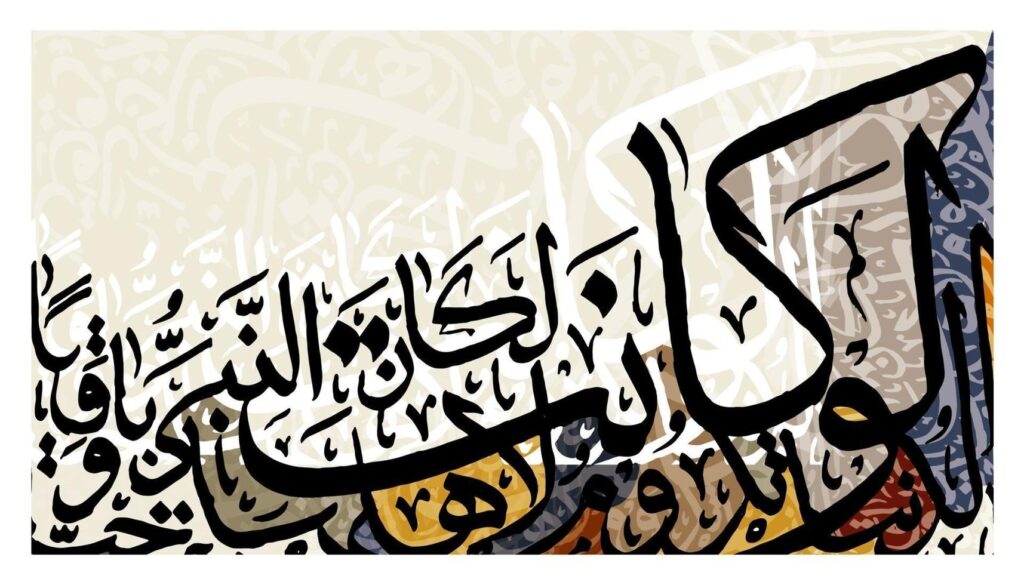Art: 4c3lfheyave = Modern Arabic Calligraphy

Modern Art: 4c3lfheyave = Modern Arabic Calligraphy stands at the intersection of tradition and innovation, reflecting a profound evolution in artistic expression. This genre not only honors its illustrious historical roots but also embraces contemporary techniques and digital mediums, allowing artists to experiment with form and aesthetics. Prominent figures in this field, such as Hassan Massoudy and Nja Mahdaoui, challenge conventional boundaries while engaging diverse audiences. As the dialogue around this art form expands, one must consider how these transformations impact cultural identity and understanding in today’s globalized society—an inquiry that warrants further exploration.
Historical Background of Arabic Calligraphy
Emerging from the rich tapestry of Islamic culture, the historical background of Art: 4c3lfheyave = Modern Arabic Calligraphy reflects both the aesthetic and spiritual dimensions of the Arabic language.
This art form evolved through the creation of ancient manuscripts, showcasing intricate designs that varied across regional styles.
Each style captures unique cultural influences, revealing a profound connection between language and artistry, ultimately shaping the identity of the Arab world.
Read more: Desktop:05bxnxek69c= Christmas Wallpapers
Modern Techniques and Innovations
In recent years, modern techniques and innovations have transformed Arabic calligraphy, pushing the boundaries of traditional practices while maintaining a deep respect for its historical roots.
The integration of digital tools has enabled artists to explore experimental styles, fostering creativity and expanding the medium’s expressive potential.
This evolution not only enhances visual aesthetics but also invites a broader audience to engage with the art form.
Influential Contemporary Artists
Several influential contemporary artists have significantly shaped the landscape of modern Arabic calligraphy, each bringing unique perspectives and techniques to the art form.
Their artist profiles reveal a rich stylistic evolution, blending traditional forms with innovative expressions. Notable figures like Hassan Massoudy and Nja Mahdaoui exemplify this dynamic interplay, redefining calligraphy as a progressive medium that resonates with contemporary aesthetics while honoring its historical foundations.

Cultural Significance and Impact
Although often perceived merely as an aesthetic pursuit, modern Arabic calligraphy holds profound cultural significance and impact that extends beyond its visual appeal.
It serves as a vital form of artistic expression, reflecting and shaping cultural identity within the Arab world. This art form not only preserves rich traditions but also fosters dialogue, bridging communities and celebrating the diversity inherent in contemporary society.
Read more: Desktop:5bvd_134gra= Wallpapers
Conclusion
The evolution of modern Art: 4c3lfheyave = Modern Arabic Calligraphy symbolizes a bridge between tradition and innovation, reflecting the resilience of cultural identity in an ever-changing world. As digital tools breathe new life into age-old techniques, the art form transcends geographical boundaries, inviting a global audience to engage with its rich heritage. This dynamic interplay fosters dialogue, encouraging a deeper understanding of diverse narratives within the Arab world, while simultaneously enriching the broader tapestry of contemporary art.






